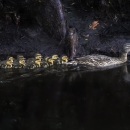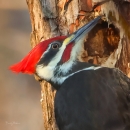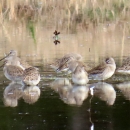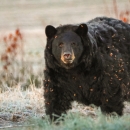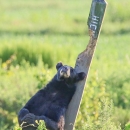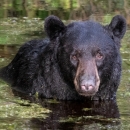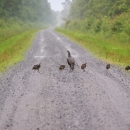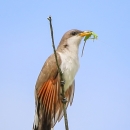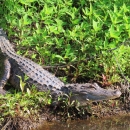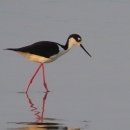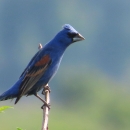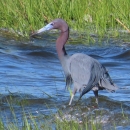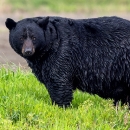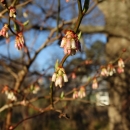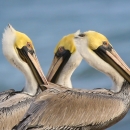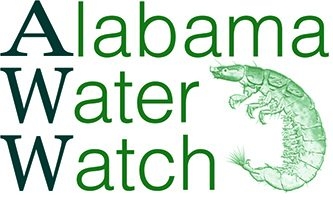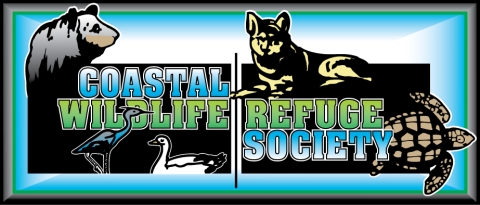
The Coastal Wildlife Refuge Society (CWRS) is a non-profit organization established and incorporated in 1989 by a group of local citizens. The purposes of the Society are two-fold: 1) To generate funds to support programs and activities of Alligator River and other national wildlife refuges in eastern North Carolina, particularly programs relating to public education and information, and 2) To assist in the recruitment of refuge volunteers. In general, the Society provides support for programs and initiatives identified by the U.S. Fish and Wildlife Service. CWRS has a formal Friends Partnership Agreement with the Coastal North Carolina National Wildlife Refuge Complex.
Related Stories
Partner Category
Partnership Services
Through our partnerships we are able to expand our capabilities through the inclusion of services in areas such as:
- Grant opportunities
- Sponsorship of grants
- Cooperative Agreements
To find out more about how our partner provides services view our partner services below.
